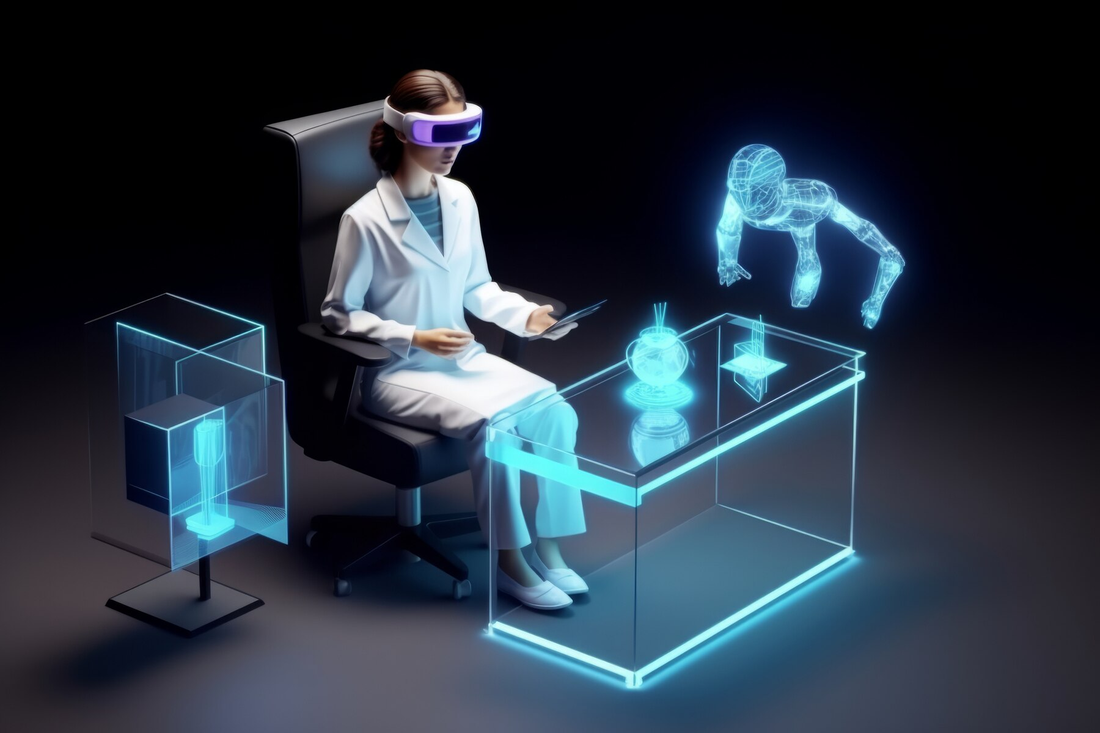The field of physical therapy (PT) is experiencing significant advancements that promise to transform how care is delivered and improve patient outcomes. These innovations are driven by technological progress, research breakthroughs, and a deeper understanding of patient needs. In this article, we explore the exciting trends and innovations shaping the future of physical therapy.
-
Telehealth and Virtual Physical Therapy
Telehealth has become increasingly popular, especially in the wake of the COVID-19 pandemic. Virtual physical therapy allows patients to receive care from the comfort of their homes, making it more accessible and convenient. Through video consultations, physical therapists can assess, monitor, and guide patients through exercises and rehabilitation programs. This approach not only expands access to care but also ensures continuity of treatment when in-person visits are not possible.
-
Wearable Technology and Biofeedback
Wearable technology, such as fitness trackers and smart clothing, is revolutionizing physical therapy by providing real-time data on patient movements, activity levels, and physiological responses. These devices help therapists monitor progress, adjust treatment plans, and motivate patients to stay active. Biofeedback devices, which provide visual or auditory feedback about bodily functions, are also being used to enhance rehabilitation by helping patients improve their movement patterns and muscle control.
-
Personalized Treatment Plans through Data Analytics
Advancements in data analytics and artificial intelligence (AI) are enabling the creation of highly personalized treatment plans. By analyzing large sets of patient data, including medical history, genetics, and lifestyle factors, AI can predict the most effective interventions for individual patients. This personalized approach enhances the precision and effectiveness of physical therapy, leading to better patient outcomes.
-
Regenerative Medicine and Tissue Engineering
Regenerative medicine and tissue engineering are groundbreaking fields that hold great promise for physical therapy. Techniques such as stem cell therapy and platelet-rich plasma (PRP) injections are being explored to repair and regenerate damaged tissues, potentially accelerating the healing process and improving recovery outcomes. These innovative treatments offer new hope for patients with chronic injuries and degenerative conditions.
-
Robotics and Assistive Devices
Robotic devices and exoskeletons are becoming valuable tools in physical therapy, particularly for patients with severe mobility impairments. These devices can assist with movement, provide support during exercises, and help patients regain strength and coordination. Robotics also offer precise and consistent motion, which is beneficial for repetitive training and rehabilitation exercises.
-
Gamification and Virtual Reality (VR)
Gamification and virtual reality are transforming physical therapy by making rehabilitation more engaging and enjoyable. VR can create immersive environments that distract patients from pain and motivate them to perform exercises. Gamified rehab programs use elements of game design, such as rewards and challenges, to encourage patients to stay committed to their therapy routines. These innovations can significantly enhance patient compliance and outcomes.
-
Integrative and Holistic Approaches
There is a growing recognition of the importance of integrative and holistic approaches in physical therapy. Combining traditional PT techniques with complementary therapies such as acupuncture, yoga, and mindfulness can address not only the physical aspects of pain and dysfunction but also the emotional and psychological components. This comprehensive approach promotes overall well-being and long-term health.
The future of physical therapy is bright, with numerous innovations set to enhance the way care is delivered and improve patient outcomes. From telehealth and wearable technology to regenerative medicine and robotics, these advancements are transforming the field and making physical therapy more effective, accessible, and personalized. By staying abreast of these trends, physical therapists can continue to provide cutting-edge care and help patients achieve their health and wellness goals.




